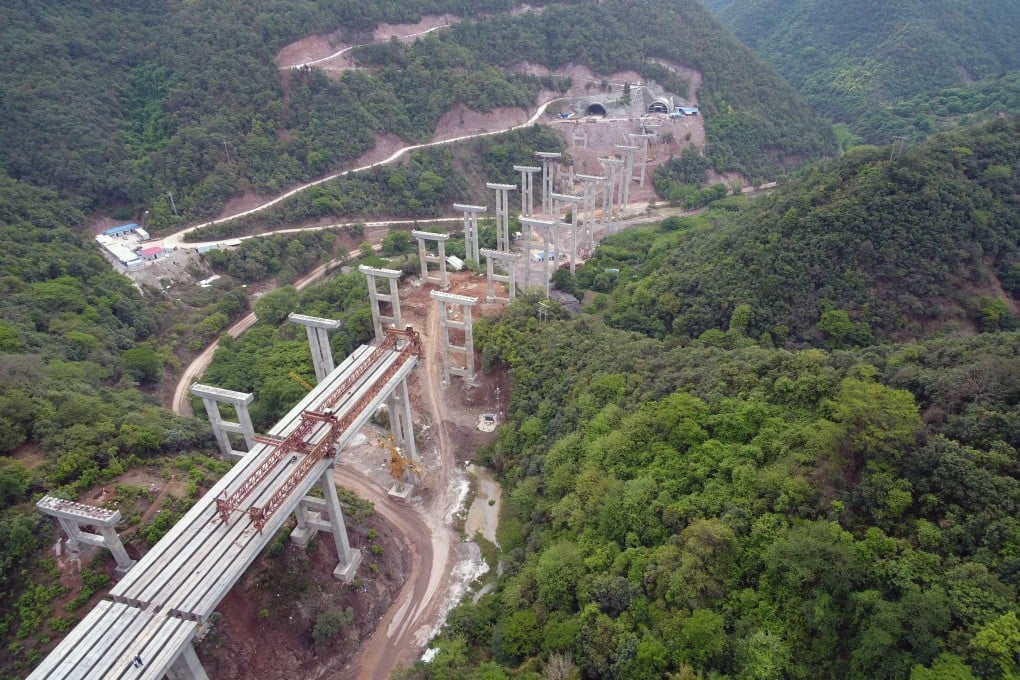As China’s local governments struggle to repay debts, should Beijing shoulder some of the burden?
- International Monetary Fund estimates that total debt of China’s local government financing vehicles has hit 66 trillion yuan
- In a bid to curb risks, Beijing has stepped up its supervision of local government debt in recent years

China’s local government debt crisis is approaching a tipping point as concerns over city and county government default risks mount and Beijing’s willingness to offer enough support to avert a meltdown is questioned.
Late last month, Kunming, capital of the southwestern province of Yunnan, denied online reports that its local government financing vehicles (LGFVs) were having difficulty repaying debt after one of them was involved in a last-minute scramble to repay 2 billion yuan (US$282.3 million) on May 21.
LGFVs were created to aid off-budget financing, especially for infrastructure spending, but weak disclosure requirements have led to concerns about hidden debt risks.
In April, a government think tank in Guizhou warned that the province, which neighbours Yunnan, could not manage its debt on its own and needed help from the central government. The report was subsequently removed by censors.
Local governments are the offspring of the central government, and the central government must also assume certain responsibilities
Over the past few years, Beijing has stepped up its supervision of local government debt in a bid to curb risks and has said that local governments should not count on a state bailout.